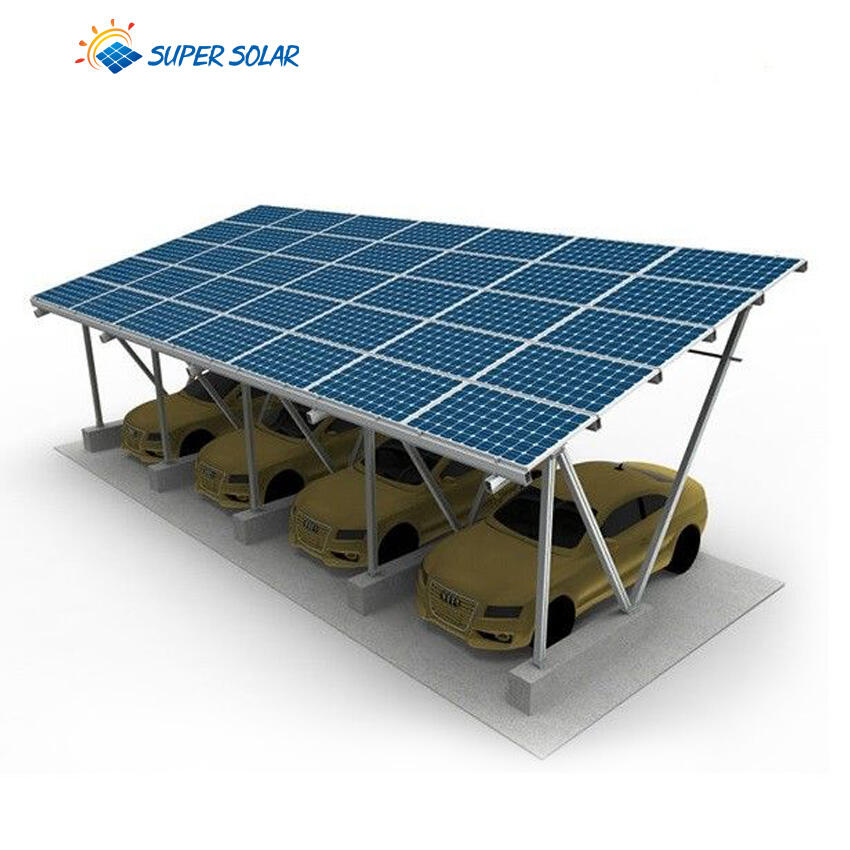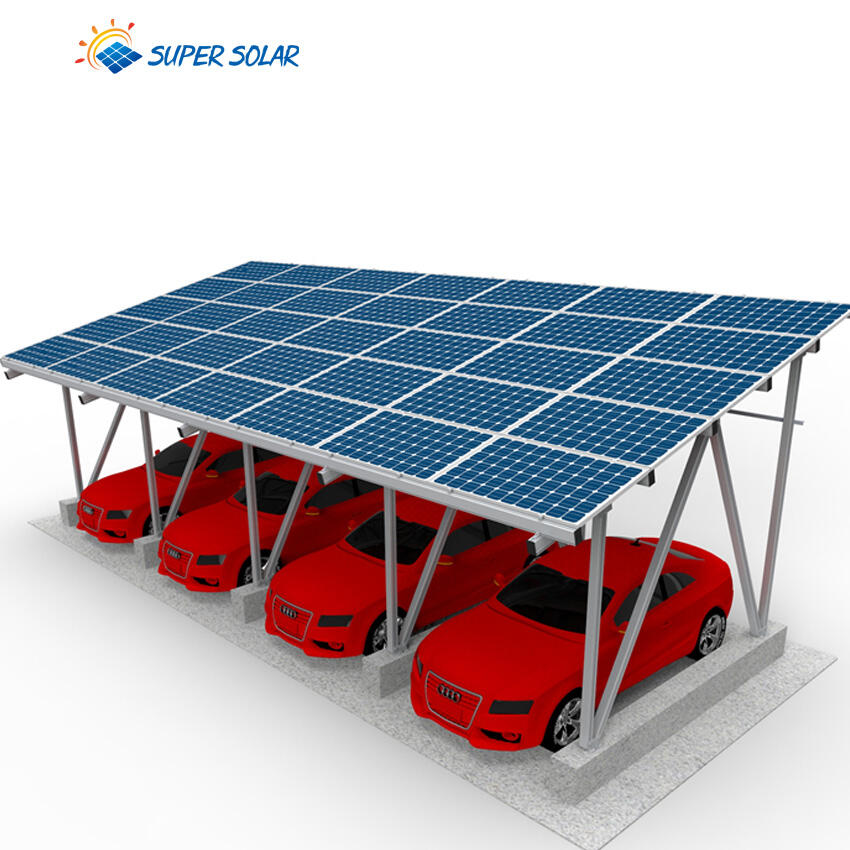Unlocking the Potential of Commercial Solar Carport Investments
For property owners and businesses with large parking areas, a solar carport represents more than just a renewable energy upgrade. It is an investment that transforms unused open space into a power-generating asset while delivering financial, environmental, and practical advantages. The return on investment from a solar carport system can be substantial when carefully planned and executed. By generating clean energy, lowering electricity bills, and enhancing property value, solar carports allow organizations to optimize long-term financial performance. Understanding how to maximize the potential of such an installation is essential for those looking to strengthen sustainability goals while making a sound economic choice.
Strategic Planning for Solar Carport ROI
Assessing Property Energy Needs
Before installing a solar carport, evaluating the property’s energy requirements is crucial. How much electricity does the site consume daily, monthly, or annually? By matching system capacity with consumption, property owners can ensure maximum offset of utility expenses. Oversizing or undersizing the installation can affect ROI, so detailed energy audits provide a foundation for success.
Identifying the Best Parking Locations
The effectiveness of a solar carport largely depends on sunlight exposure. Large commercial properties may have multiple parking zones, but not all are ideal for solar installations. Choosing areas with minimal shading and optimal orientation toward the sun ensures consistent and high-level energy generation. This strategic placement directly influences financial returns.

Financial Benefits of Solar Carports
Reducing Utility Expenses
One of the most direct ways to maximize ROI from a solar carport is through savings on electricity costs. By producing power on-site, businesses can significantly reduce monthly utility bills. For facilities with high energy demands, this reduction accumulates into major financial savings over time.
Leveraging Incentives and Tax Credits
In many regions, solar carports qualify for government incentives such as tax credits, rebates, or renewable energy grants. These programs reduce upfront investment costs and accelerate the payback period. Incorporating available incentives into the financial plan maximizes the economic benefit.
Enhancing Property Value with Solar Carports
Increasing Market Appeal
Commercial properties equipped with solar carports stand out in competitive real estate markets. Sustainability features attract eco-conscious tenants, buyers, and investors who value energy-efficient infrastructure. This increased demand often translates into higher property valuations and faster leasing opportunities.
Building Long-Term Asset Resilience
A solar carport is a durable structure designed to last decades. Beyond immediate energy savings, it strengthens the property’s resilience against rising utility costs and energy volatility. This long-term stability enhances the overall financial profile of the asset.
Operational Advantages of Solar Carport Systems
Dual-Purpose Functionality
A solar carport does more than generate power. It provides shaded parking for vehicles, protecting them from harsh weather while improving comfort for employees, customers, and visitors. This dual functionality enhances property usability and supports positive user experiences.
Integration with Electric Vehicle Charging
As electric vehicles continue to grow in popularity, a solar carport can support on-site charging stations powered directly by clean energy. This integration reduces grid reliance, lowers charging costs, and strengthens the property’s reputation as forward-thinking and environmentally responsible.
Optimizing Design and Performance
Customization for Specific Site Needs
Every property has unique characteristics, from layout and traffic flow to energy consumption. Designing a solar carport that matches these requirements maximizes efficiency and ensures smooth integration into daily operations. Custom designs can enhance both aesthetics and energy output.
Monitoring and Maintenance Practices
Although solar carports are generally low-maintenance, monitoring system performance is key to maintaining high ROI. Regular cleaning of panels, periodic inspections, and smart monitoring systems ensure consistent production levels. Early detection of performance issues minimizes downtime and protects returns.
Long-Term Economic Impact
Shortening the Payback Period
When properly designed and supported by incentives, a solar carport often pays for itself within a few years. By carefully balancing system size, costs, and energy savings, property owners can achieve a faster payback, leading to decades of cost-free energy generation.
Generating Predictable Financial Returns
A solar carport provides a reliable source of predictable financial benefits. Unlike fluctuating energy prices, solar generation delivers consistent cost savings. For businesses and property managers, this stability strengthens budgeting and financial planning over the long term.
Environmental and Social Contributions
Reducing Carbon Emissions
Every kilowatt-hour of energy generated by a solar carport replaces electricity that might otherwise come from fossil fuels. This reduction in carbon emissions contributes to cleaner air and supports global climate initiatives, reinforcing the organization’s role in sustainability leadership.
Enhancing Public Image and Reputation
Organizations that invest in solar carports demonstrate visible commitment to environmental responsibility. Customers, employees, and communities increasingly value sustainable practices. This positive image strengthens relationships and positions the property as part of a forward-thinking movement.
Future Opportunities with Solar Carports
Integration with Energy Storage
Pairing a solar carport with battery storage unlocks new possibilities. Excess energy generated during the day can be stored for use during evenings or peak demand times. This capability further reduces reliance on the grid and increases energy independence.
Contribution to Smart Cities and Clean Infrastructure
As cities embrace renewable energy and smart infrastructure, solar carports are likely to play an even greater role. Large commercial sites that adopt these systems contribute to broader sustainability goals while reaping long-term financial and operational benefits.
FAQ
How long does it take for a solar carport to deliver a return on investment?
The payback period depends on system size, energy usage, and incentives. Many commercial properties achieve ROI within five to ten years, after which the system continues to generate savings for decades.
Do solar carports add value to commercial real estate?
Yes, solar carports increase property value by improving energy efficiency, lowering operating expenses, and appealing to eco-conscious tenants and investors. This added value strengthens the property’s competitiveness in the market.
Are solar carports difficult to maintain?
No, solar carports require minimal maintenance. Routine cleaning of panels and occasional inspections ensure optimal performance. With durable materials, they are built to last for 25 years or more.
Can solar carports support electric vehicle charging stations?
Yes, solar carports can be designed to integrate EV charging stations powered by renewable energy. This feature enhances property functionality and supports the growing demand for sustainable transportation solutions.
Table of Contents
- Unlocking the Potential of Commercial Solar Carport Investments
- Strategic Planning for Solar Carport ROI
- Financial Benefits of Solar Carports
- Enhancing Property Value with Solar Carports
- Operational Advantages of Solar Carport Systems
- Optimizing Design and Performance
- Long-Term Economic Impact
- Environmental and Social Contributions
- Future Opportunities with Solar Carports
- FAQ


